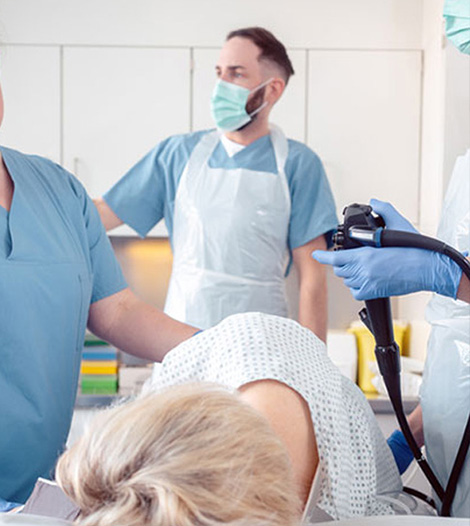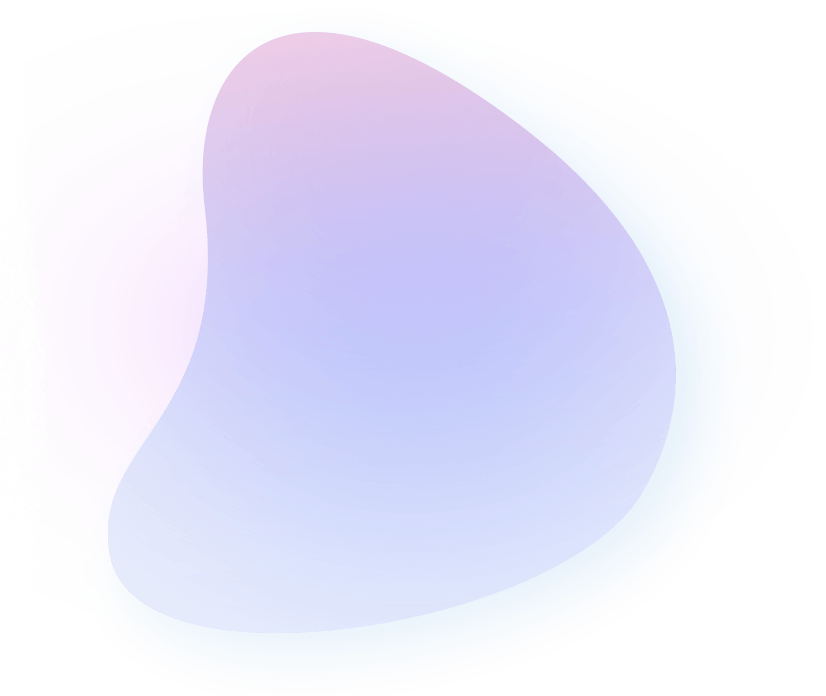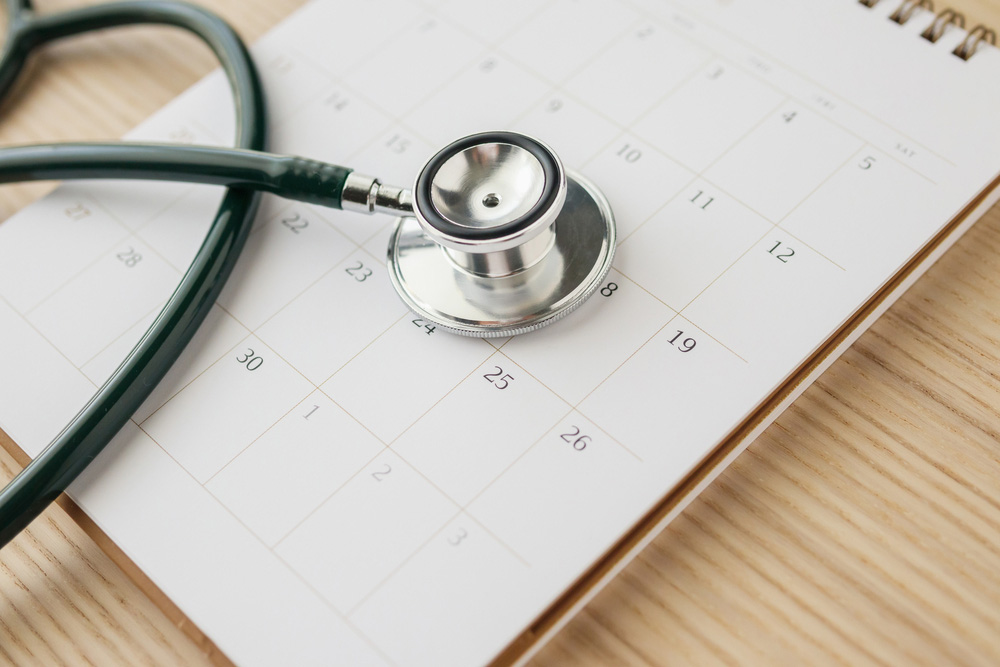Procedures
Colonoscopy
- “The colon, also known as the large bowel, is the last portion of your gastrointestinal tract. It starts at the cecum, which is connected to your small intestine, and ends at your rectum. The colon is a hollow tube, measuring four feet in length on average, and its main function is to store food byproducts prior to their elimination. A colonoscope is a long, thin, flexible tube with a miniature video camera and light at its end. The gastroenterologist will put a little bit of air into the colon as he/she inserts the scope. The camera on the end helps the physician both guide the colonoscope throughout the length of the colon and take pictures of the colon.
- This procedure also allows other instruments to be passed through the colonoscope. For example, forceps may be used to painlessly remove a suspicious looking growth for analysis. During the colonoscopy, the gastroenterologist can remove polyps with a procedure called “polypectomy”. In this way, a colonoscopy may help to avoid surgery or better determine what kind of surgery needs to be performed. Colonoscopies are most commonly performed in colorectal cancer screening and prevention. It is also increasingly used to evaluate problems such as blood loss, abdominal pain and changes in bowel habits. Patients remain comfortable throughout the procedure with the help of intravenous sedation. The drugs enable the patients to remain awake but comfortable throughout. The air introduced into the colon may cause cramping and feeling of fullness.
- A colonoscopy typically takes about 30 minutes. Afterwards, the patient is moved to a recovery room while the anesthetic wears off. Patients should not drive or work for the remainder of the day, and, must, therefore have a ride home. All feelings of bloating and cramping should fade within 24 hours.


Patient preparation for the procedure
Preparation for Colonoscopy is a liquid diet for 24 hrs and followed by a Bowel preparation using Polyethylene Glycol(PEG) (Available as PEGLEC, COLOCLEAN, COLOWASH etc). Around 150 g of PEG is mixed into 2 Liters of Water to be taken in 2hrs. This is to be followed up by another 2 liters of fluid intake.

Dr. Kunal Das
Book an Appointment
Ready to take the first step towards better digestive health?
Schedule your appointment with Dr. Kunal Das today. With convenient booking options, personalized consultations, and compassionate care, we’re here to support you on your journey to optimal wellness.

